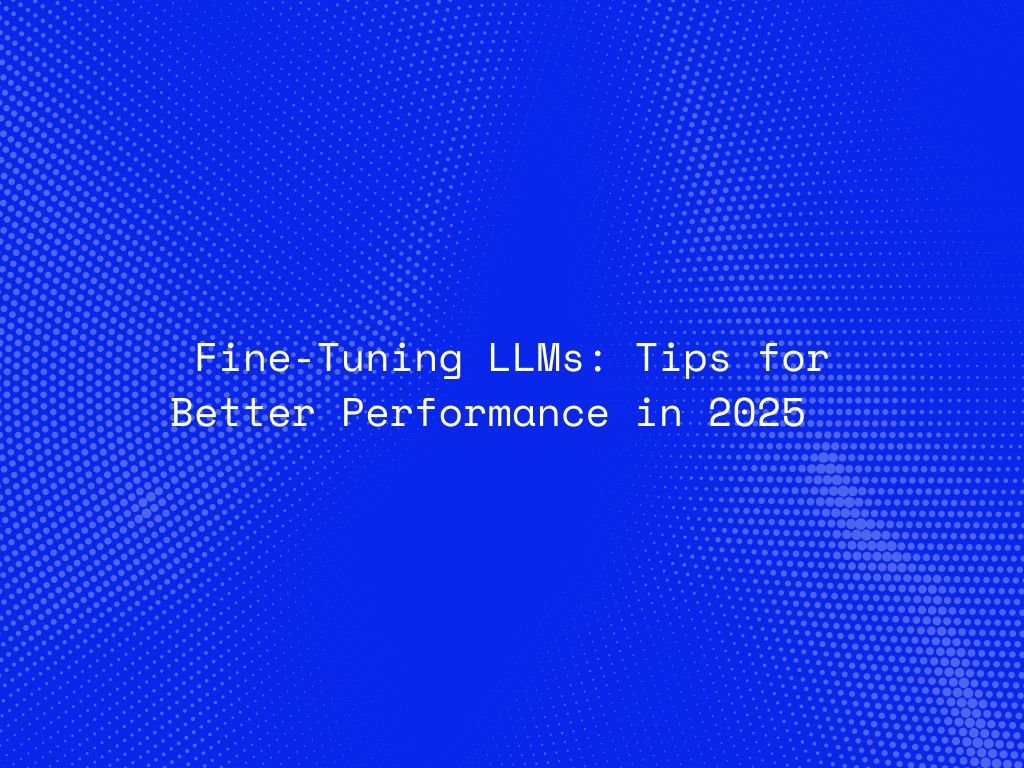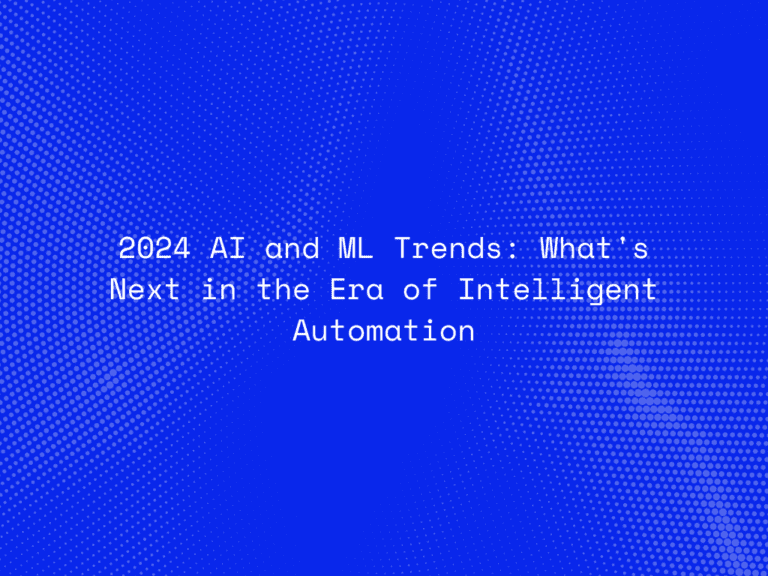As large language models (LLMs) continue to advance, fine-tuning has become a critical process for optimizing their performance in specific applications. While pretrained models like GPT-4, LLaMA, and Claude offer powerful out-of-the-box capabilities, they often require fine-tuning to improve accuracy, reduce biases, and align with domain-specific needs.
With 2025 bringing more sophisticated architectures, larger datasets, and new optimization techniques, understanding how to fine-tune LLMs effectively is key to unlocking their full potential. This guide explores the latest fine-tuning strategies, challenges, and best practices to help you get the most out of your AI models.
Why Fine-Tuning Matters for LLMs
Fine-tuning allows organizations to customize LLMs for industry-specific applications, improving performance in areas such as:
Healthcare – Enhancing medical chatbots and research analysis.
Finance – Optimizing risk assessment models and fraud detection.
Legal Tech – Training models for contract analysis and legal research.
E-commerce – Improving product recommendations and personalized search.
By fine-tuning models with domain-specific datasets, businesses can ensure more accurate, context-aware, and reliable outputs while minimizing hallucinations and biases.
Key Fine-Tuning Strategies in 2025
1. Parameter-Efficient Fine-Tuning (PEFT)
Traditional fine-tuning involves updating all model parameters, which is computationally expensive. PEFT techniques, such as LoRA (Low-Rank Adaptation) and Adapter Layers, allow for efficient fine-tuning with fewer parameters, reducing cost and training time while maintaining high performance.
Best Practice: Use PEFT when working with limited computational resources or when fine-tuning LLMs on smaller datasets.
2. Reinforcement Learning from Human Feedback (RLHF)
LLMs must align with human preferences, which is why RLHF plays a crucial role in reducing biases, improving safety, and refining user interactions. This method trains models based on human-generated preference data, ensuring outputs are aligned with user expectations.
Best Practice: Use RLHF for chatbots, virtual assistants, and content moderation systems to ensure human-like responses and minimize toxic outputs.
3. Continual Learning and Domain Adaptation
Instead of retraining a model from scratch, continual learning enables LLMs to incrementally learn new information while retaining previously acquired knowledge. This is particularly useful for industries with rapidly evolving data, such as finance, cybersecurity, and healthcare.
Best Practice: Implement progressive fine-tuning techniques to ensure models remain up-to-date without catastrophic forgetting.
4. Data Curation and Preprocessing
The quality of training data is a major determinant of LLM performance. Fine-tuning on noisy, unstructured, or biased data can degrade model accuracy. Proper data cleaning, deduplication, and filtering ensure the model learns from relevant, high-quality information.
Best Practice: Use automated data validation pipelines to remove low-quality text and prevent the model from learning incorrect patterns.
5. Instruction Tuning for Task-Specific Optimization
Instruction tuning involves training LLMs with task-specific prompts to enhance their ability to follow structured instructions. This is useful for applications like automated coding assistants, legal document analysis, and AI-driven tutoring systems.
Best Practice: Fine-tune models on diverse prompt-response pairs to improve generalization across different user queries.
6. Efficient Hyperparameter Optimization
Optimizing hyperparameters such as learning rates, batch sizes, and weight decay is crucial for achieving optimal performance. Automated tools like Optuna and Ray Tune can help find the best configurations.
Best Practice: Use Bayesian optimization or grid search to fine-tune hyperparameters efficiently.
Challenges in Fine-Tuning LLMs
1. Computational Costs
Fine-tuning large models requires significant GPU resources, making it costly for small businesses and researchers.
Solution: Leverage cloud-based AI platforms (e.g., AWS, Google Vertex AI) or use smaller, efficient models like Mistral-7B when possible.
2. Risk of Overfitting
Excessive fine-tuning on a small dataset can lead to overfitting, where the model performs well on training data but fails in real-world applications.
Solution: Implement dropout regularization and cross-validation techniques.
3. Data Privacy and Security Concerns
Fine-tuning on sensitive data (e.g., medical records, financial transactions) poses privacy risks.
Solution: Use federated learning and differential privacy techniques to fine-tune models while protecting user data.
4. Bias and Ethical Risks
LLMs can inherit biases from training data, leading to unfair or misleading outputs.
Solution: Use bias detection frameworks and apply adversarial debiasing techniques during fine-tuning.
The Future of Fine-Tuning LLMs
With advancements in multimodal AI, self-supervised learning, and model distillation, the fine-tuning landscape is evolving rapidly. Here are some emerging trends to watch:
Multimodal Fine-Tuning – Integrating text, images, and video to enhance model capabilities.
Edge AI Fine-Tuning – Running optimized models on low-power devices for real-time AI applications.
Federated Fine-Tuning – Training LLMs across distributed devices while preserving privacy.
Automated Fine-Tuning with AI Agents – Using LLMs to fine-tune themselves based on real-world interactions.
As AI models continue to grow in scale and complexity, efficient fine-tuning will be the key to making LLMs more adaptable, responsible, and cost-effective in 2025 and beyond.




